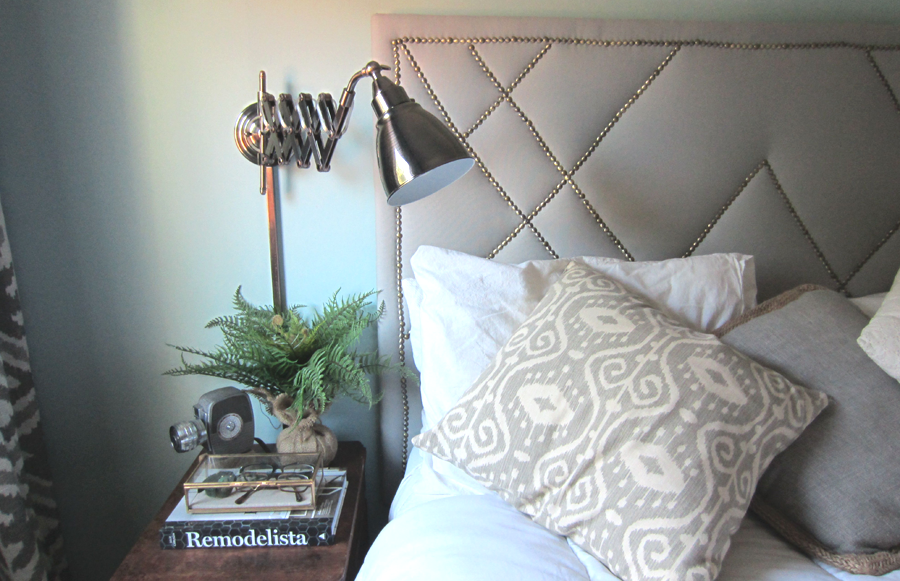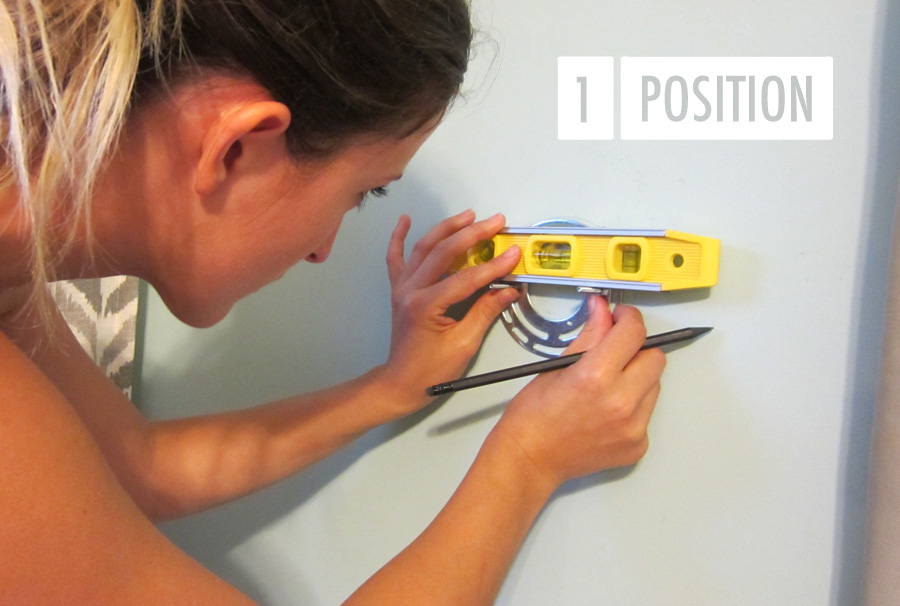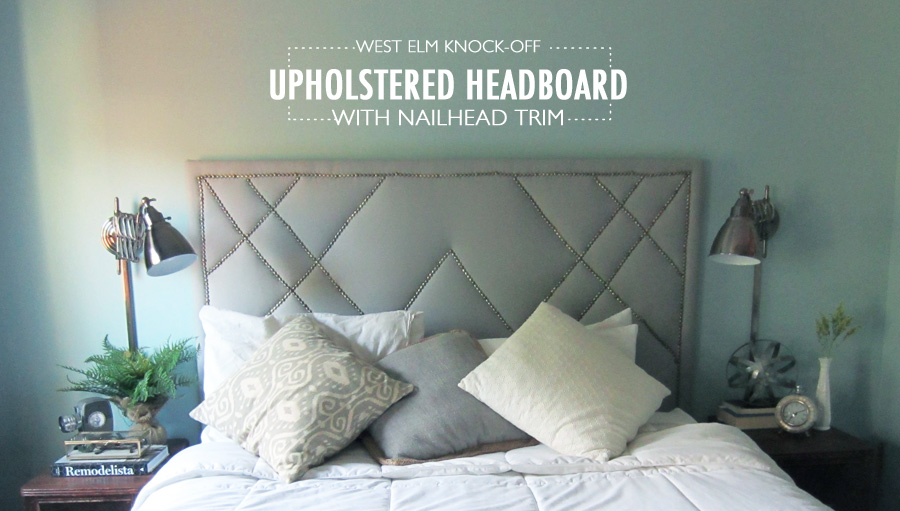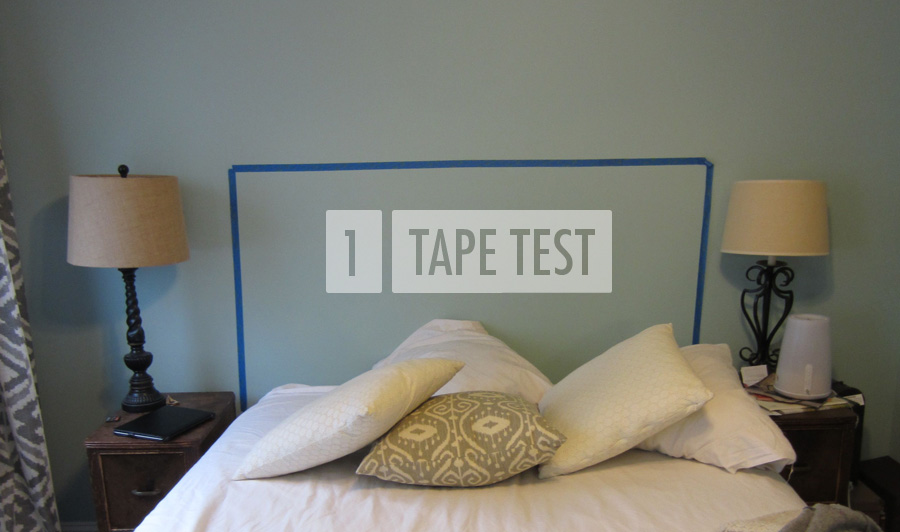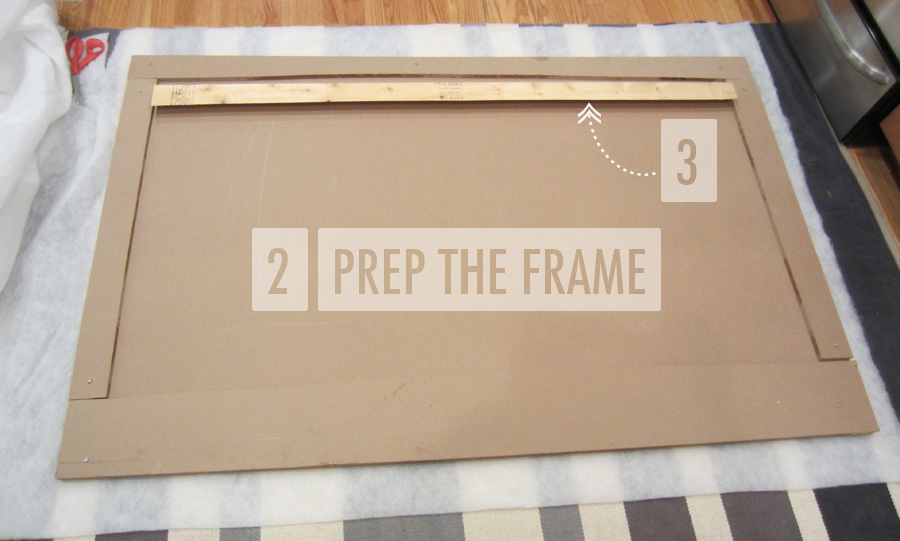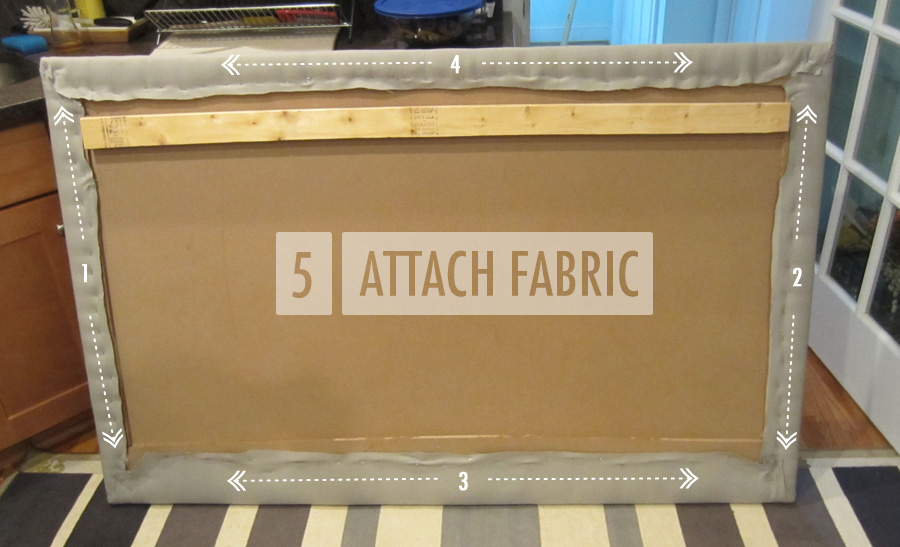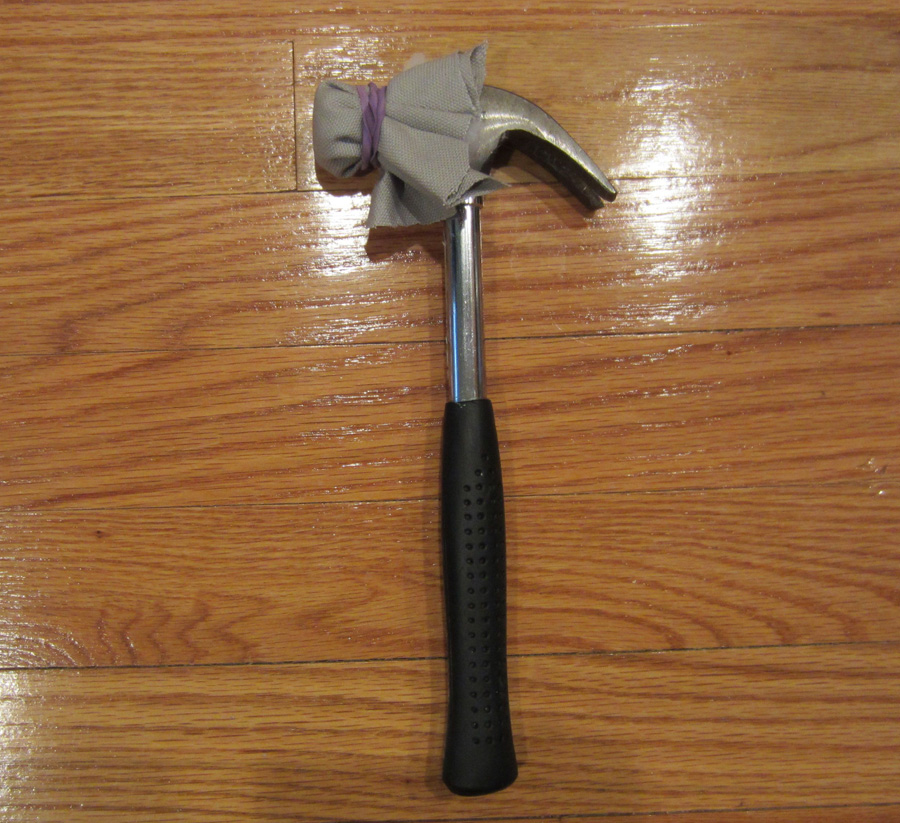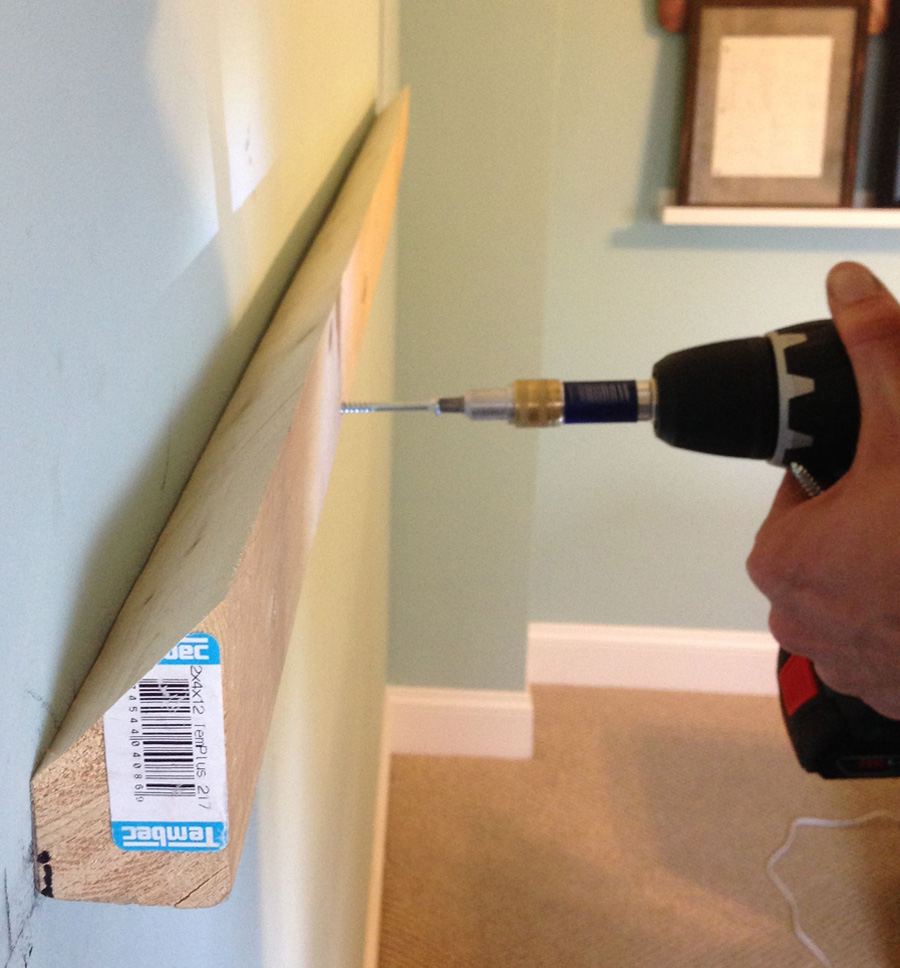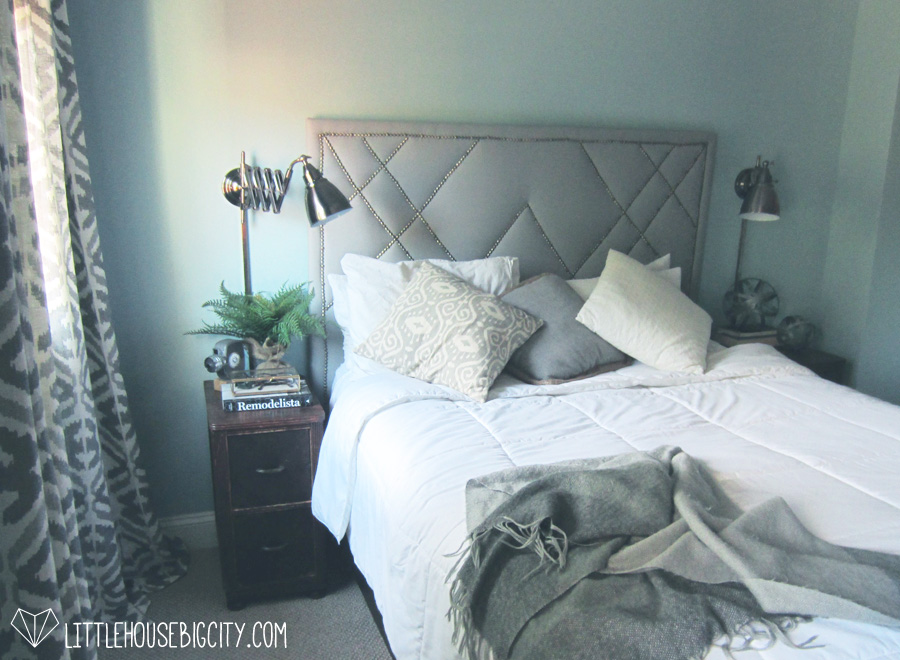Painting the kitchen cabinets was one of those projects that’s been on my to-do list since we first stepped foot in the house. I guess to some people (Eli, my family, and coworkers – y'know, just to name a few) painting new cabinets sounds silly. Yes, they’re in perfect condition. Yes, the shaker style is modern. Yes, the color of the cabinets "goes with the floors" (OMG, do you think that’s why they chose this floor stain?!)
Sorry, back to what I was saying – the cabinets were fine; the oak was just crampin’ mah style. All the wood felt very dark and heavy in a kitchen with zero natural light. I spent weeks – nay, MONTHS – showing Eli pictures of white kitchens on Pinterest (which was thrilling for him, obviously). I was trying to prove it was worth the effort, but instead I proved that natural sunlight beaming on countertops always looks lovely -__- Do you know how hard it is to find a windowless kitchen on Pinterest for fair comparison?! It’s an exercise in futility. You could turn it into a game if you're really bored, but the judge has to be a photographer who can spot the window cropped out of the frame because there is always a window out of frame. I believe this one and that one are the only kitchens I ever found…
Nevertheless, I eventually made my case and one Saturday morning not so long ago we got to work. If you're following along on Instagram than you already knew this! I selected a bright white from Benjamin Moore called Chantilly Lace for the upper cabinets and a light gray called Nightengale for the lowers to complement our dark purplish/blackish countertops. I thought white would be too stark butting up to the counters and gray would be too dark on top – so two colors it was! In any other house I would opt for a much deeper gray on bottom for higher contrast, but with our space I worried a dark gray would totally dominate the small first floor. In retrospect, I probably could have gone a shade deeper, but don’t tell Eli I said so! ;)
The space feels much brighter and bigger now! Of course, paint was just the first step so this isn't a true "After" photo. We plan to add tile backsplash, under cabinet lighting, refinish the floors, and the fridge wall still has big transformations coming its way, too!
But as kitchen renovations go, painting the cabinets is the biggest bang for your buck. At less than $300 it wasn’t chump change like I thought it would be, but it was way more palatable than the thousands of dollars typically sunk into kitchen renos. Honestly it would have been cheaper had I not spent almost $50 on paint samples just to decide the colors and then when I chose 2 colors having to double supplies like paint, rollers, and trays.
I could type all day about choosing the right grit for your doors and the wipeability of semi-gloss vs. satin finishes, but wouldn't a how-to video be so much more fun? Take a gander, and I'll include some more details at the bottom of the post for the book worms in the house.
Yes, "If you like the video, like it." Gah – Newbie on camera alert! I meant like it on my new Youtube channel! If you need me I'll be spending the foreseeable future doing Ron Burgandy vocal exercises and practicing my non-regional diction. Huge thanks to my (literal) homeboy Eli for putting together the video!
If you're still dying for more details, here's a supply list and some tips not mentioned in the video. Feel free to ask questions in the comment section, and I'll do my best to answer them!
Here’s what we used:
- Power drill
- Orbital hand sander ($60) & detail hand sander (had this already)
- 220 grit paper for the hand sanders
- 80 grit and 220 grit sanding blocks – $4 each
- Liquid Sanding Deglosser – $7
- Plastic Tarp & painter's tape to quarantine the kitchen – $10
- Tarp zipper (optional splurge) – $10
- Builders paper or dropcloth for the floor – $11
- 1 gallon of Zinsser Bulls Eye 1-2-3 Water-Based Primer (only used half the can) – $20
- 1 gallon of Benjamin Moore Advance semi-gloss paint in Chantilly Lace (only needed half a gallon but store was out of quart cans, so they gave me the contractor discount) – $43
- 1 gallon of Benjamin Moore Advance semi-gloss paint in Nightengale (again, only needed half a gallon) – $43
- 2” angled brush (one for each us) – $7 each
- 4” paint roller (one for each us) – $5 each
- 4” foam rollers (we went through 12, and I’m still kicking myself for using woven instead of foam) – $3 each
- Mini paint trays (we went through 6) – $2 each
Some tips we picked up during this DIY:
Number your doors and hardware
We numbered our doors and drawer fronts in the hole left by removing the hardware and preserved the label with painters tape. Then we drew a quick-n-dirty reference map of the kitchen to keep track of what went where. We also collected the hardware for each cabinet in its own baggie labeled with the corresponding number.
Careful with the tape
We put down builder paper to protect the floors and put up a tarp wall to protect the living room, but the tape (both painters and gaffers) ripped up bits of the floor finish here and there. How ironic, right? Weirdo that I am, I was actually happy about this because i think it means sanding will be easy when we go to refinish the floors!
Use a sander that hooks up to a vaccum
The orbital sander is the bomb. It's faster and more effective than the mouse hand sander, but arguably it's best feature is that it hooks up to a shop-vac to minimize dust. That was half the reason I got a second sander because I knew we'd have a huge mess on our hands. If you do get the orbital sander, I'd recommend practicing with it on a big wood scrap or something you don't care about before sanding anything precious. I bought it minutes before we started this project and was terrified of ruining the cabinets, so I stuck with the sander I knew and let Eli handle the orbital.
Keep an eye on the door edges
Any excess paint around the edge of a door can turn into a drip that adheres the door to the builder paper. There were a couple instances where we had to do touchup sanding and painting because of this.
Give yourself time and use thin layers
Painting your cabinets is a lot like painting your nails. Thin coats and adequate drying time are really the secret. This whole project took us 7 days, but we should have allotted 9. We painted one coat per day (prime front, prime back, 1st coat of paint on front, 2nd coat of paint on front, 1st coat of paint on back, 2nd coat of paint on back), but the fronts really needed 36 to 48 hours to cure before flipping them over to do the backs. Because we rushed it, the paper stuck to the paint in a couple places and we had to touch it up. Also keep in mind that we saved a bunch of time and effort by sticking with the same hardware and painting our cabinets while they were still in perfect condition. These two conditions meant we didn't have to fill in holes with wood filler or deal with the anxiety of drilling new holes in freshly painted cabinets.
Anything else you want to know? Leave me a question in the comments below! And if you paint your cabinets I'd love to see them – just tag them as #CabinetRefresh!
There's still a lot to do in this room, but it feels so good to finally cross this big project off my list! What do you guys think I should do for the tile backsplash? And I'm all ears on suggestions for floor stains! I'm considering options all over the board, from dark brown to white wash and even gray. Lay it on me!





